DryHopping
.jpg)
What’s the dry hopping?
Dry hopping originated centuries ago with British brewers and was used to refer to adding hops to the cask shortly before it was shipped off to the customers. In fact, it’s developed by a British hop producers to be a convenient way to add whole hops to a keg or cask. Nowadays, dry hopping refers to hop addition after the wort has been cooled. These additions can be done in the first fermentation tank, in the secondary or by adding hops directly to kegs. I have even heard of a homebrewer trying to add many kinds of hops to each bottle, which is with bottle-conditioned batch. (It cannot work normally.)
Advantage:
Due to the fact that volatile oils wasn’t boiled off, so we can get as much flavor and aroma possible into the final beer through the dry hopping. This can give your beer a floral hop essence and an intense flavor just like Pale Ales and IPA.
Disadvantage:
1. Dry hopping cannot add any bitterness to the beer. Boiling is essential to convert the alpha acids in the hops to iso-alpha to creat bitterness. In order to keep desirable bitterness of your beer, you still need to add the bitter hops and do boiling.
2. Another drawback is that the hops are not sanitized because of the lack of boiling. A lot of brewers, especially those who haven;t tried dry hopping before, worry about this points.
But actually, hops cannot provide a supportive environment for most types of bacteria. Besides, if hops are added to the primary fermentation tanks, all bacteria on them will be suffered to a difficult time by the crazy activity of the yeasts in the wort. If hops are added to the secondary fermentation vessels, the alcohol content and the low PH of the beer will suppress the bacteria growth. Under this meaning,it’s safe to say that bacteria contamination caused by dry hopping are extremely rare and no need to worry over.
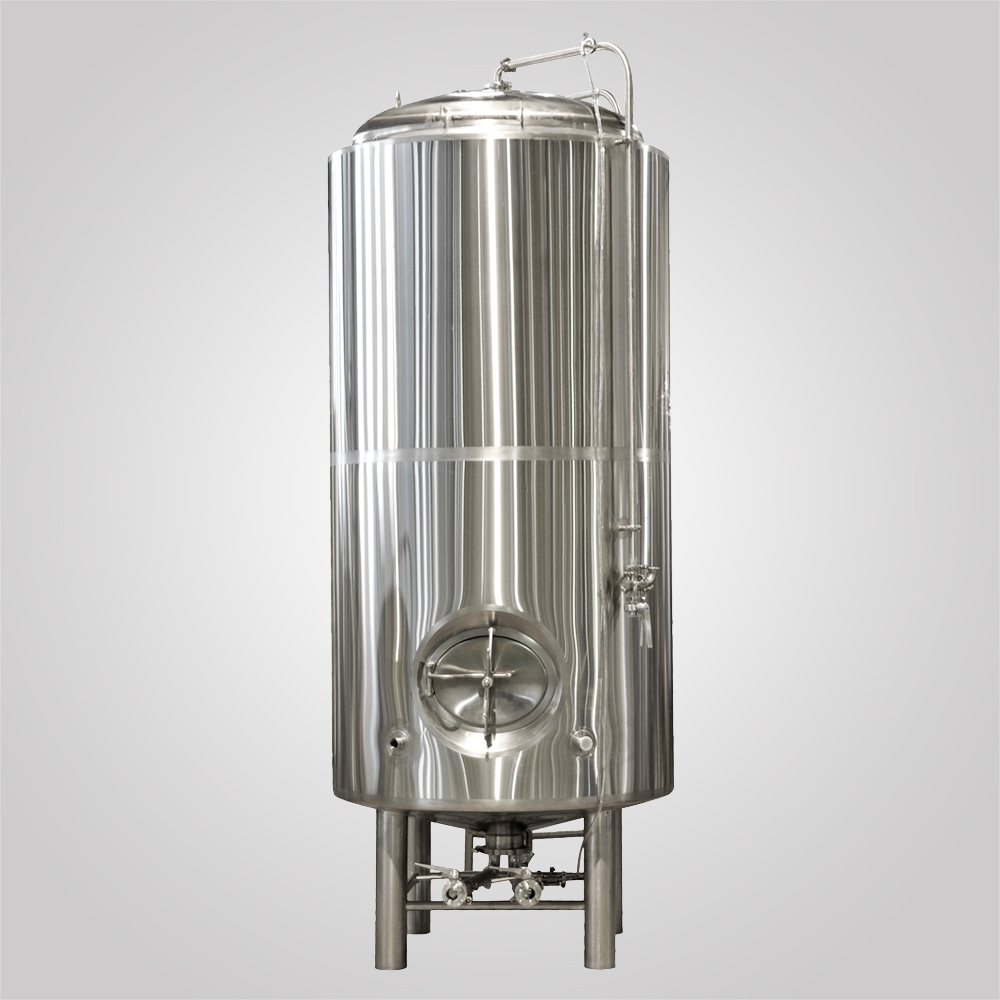
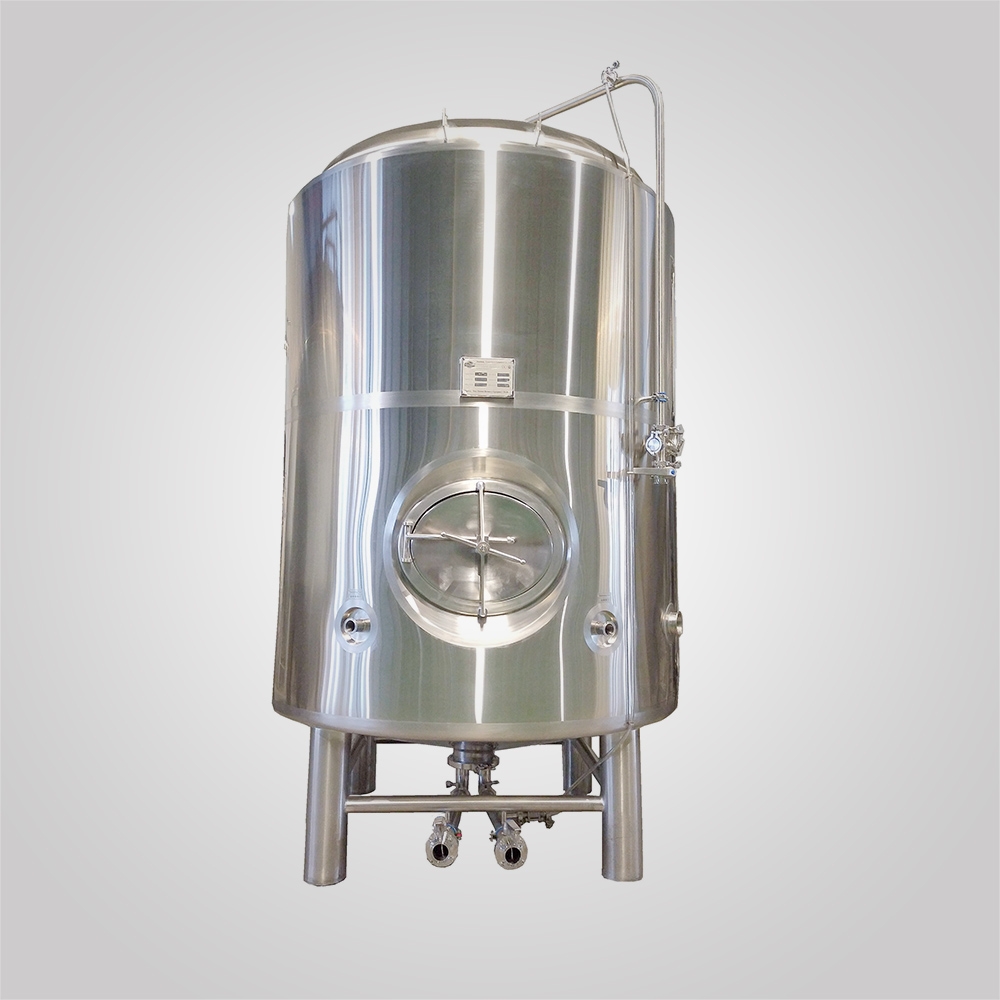
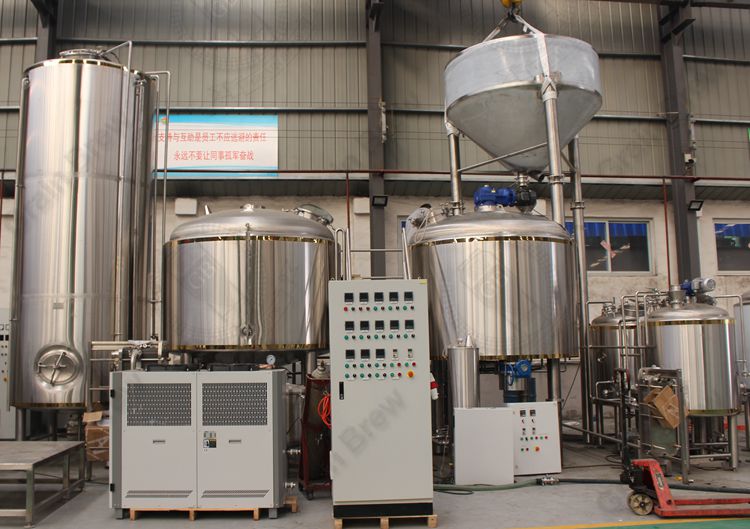
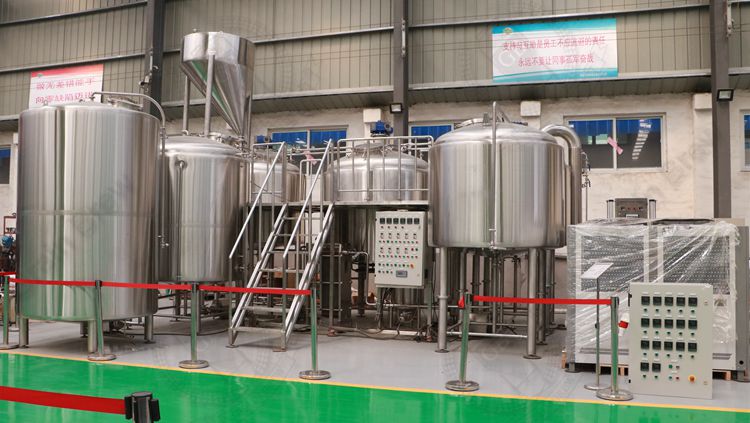
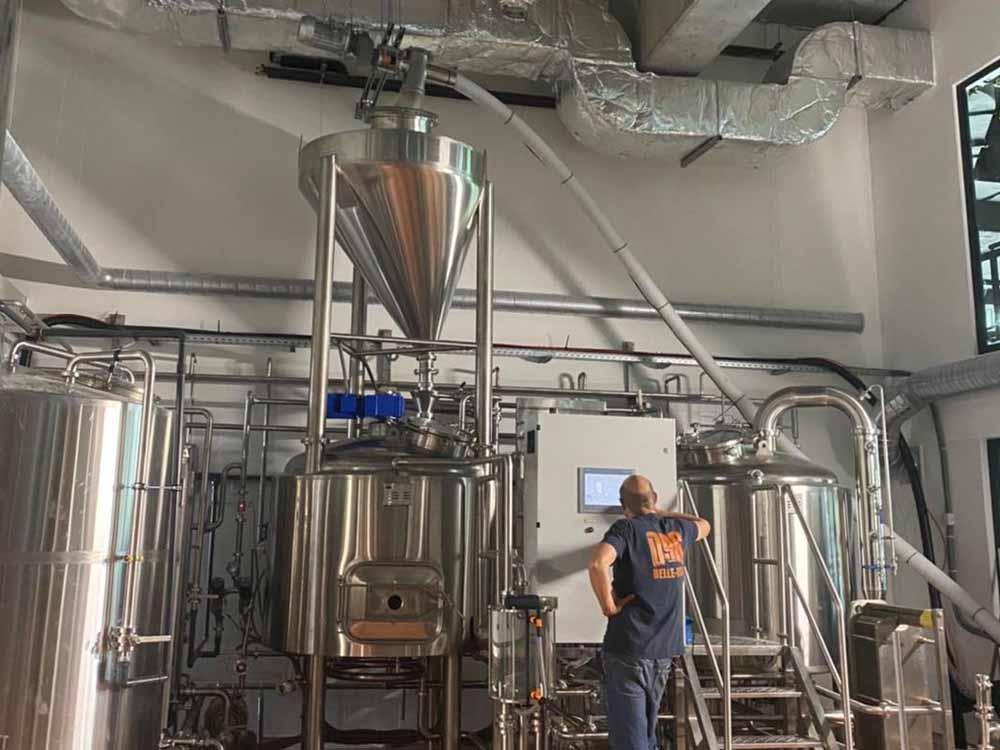

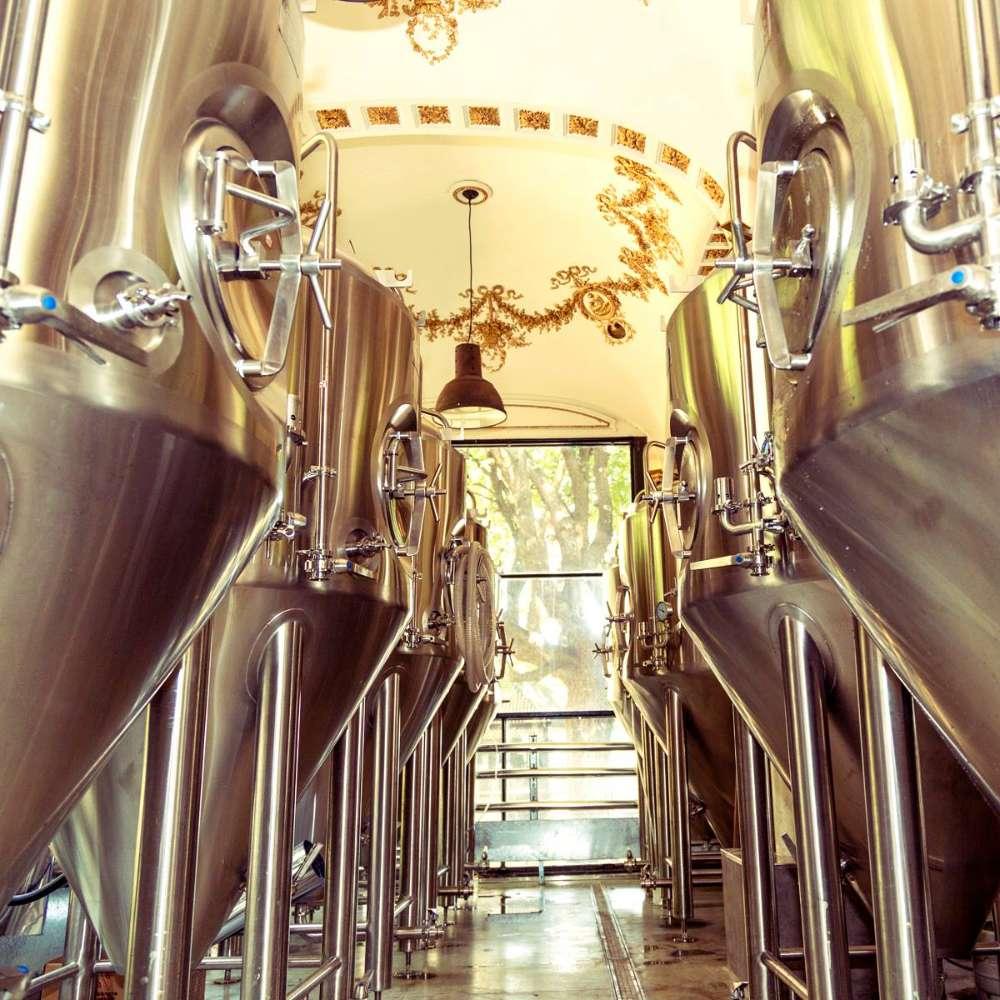
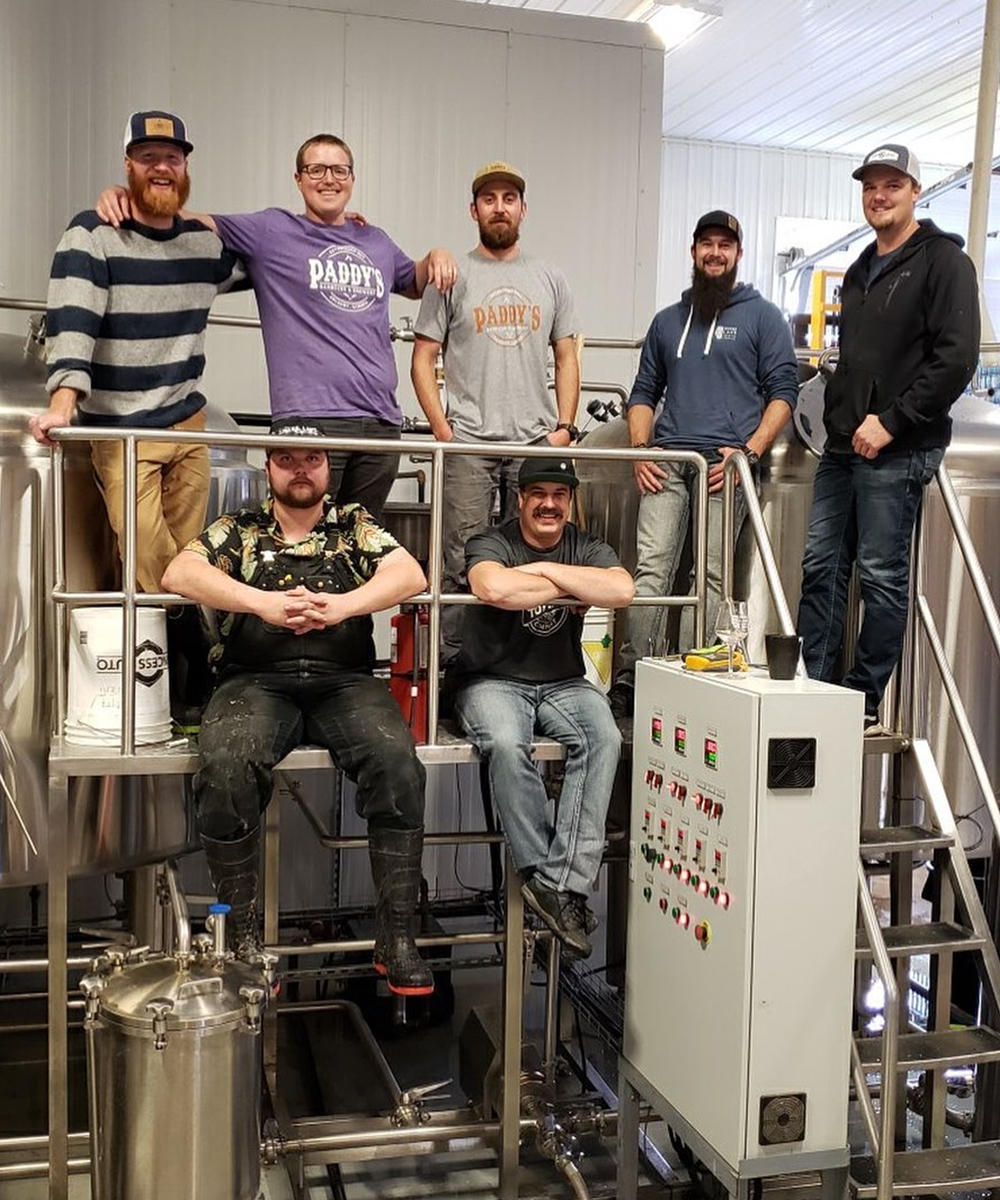
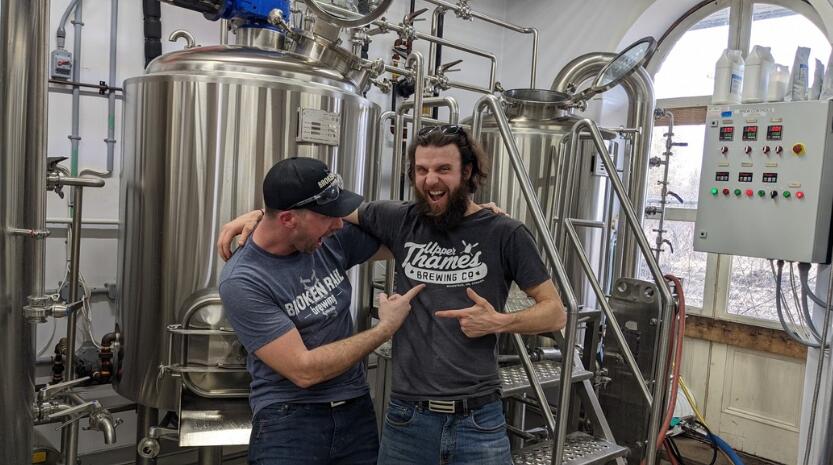
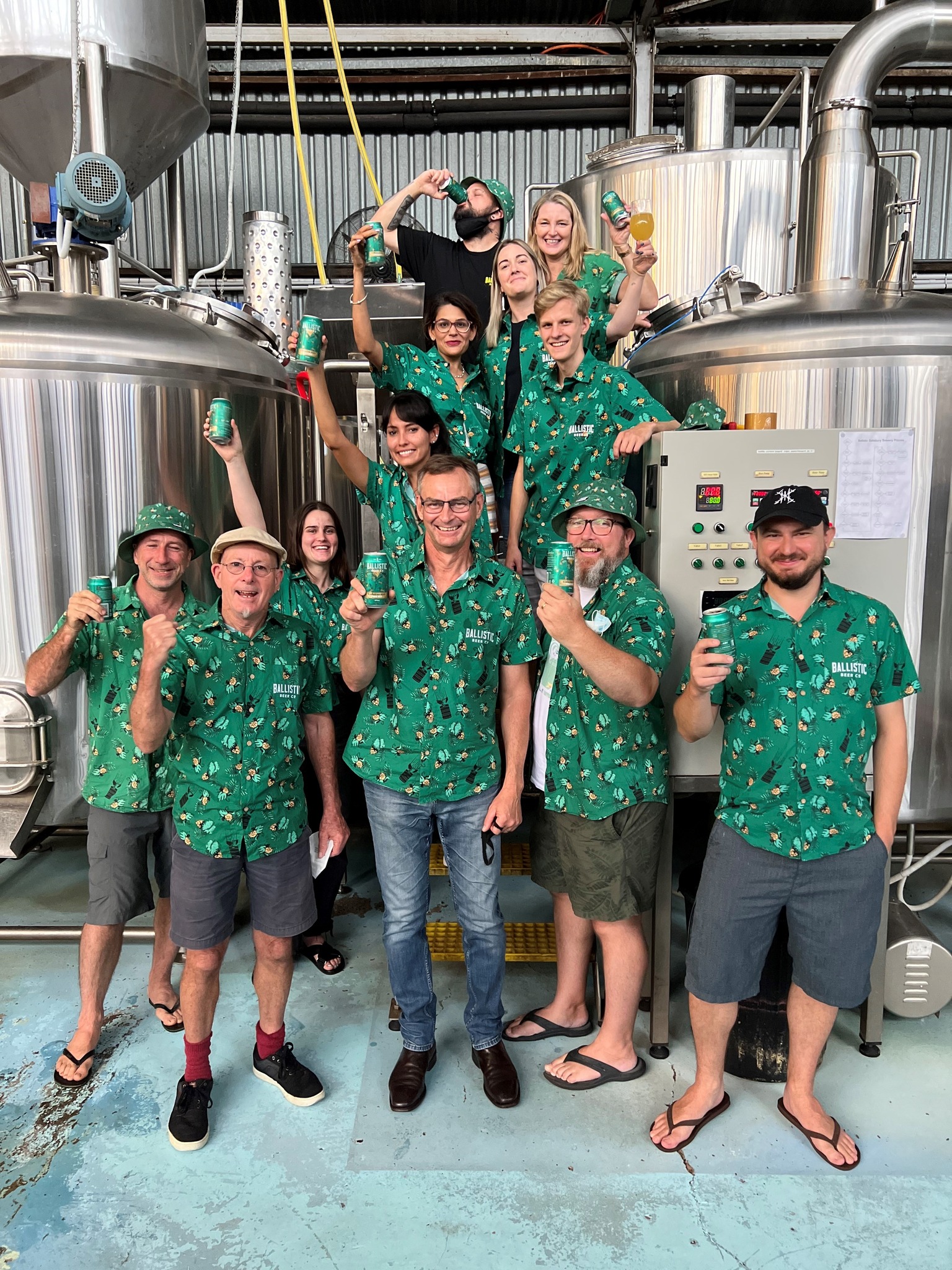
Get A Quote